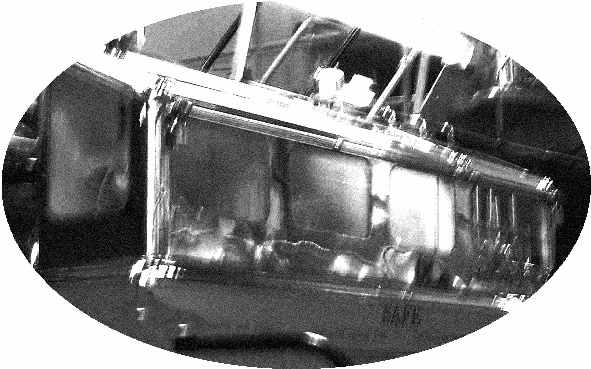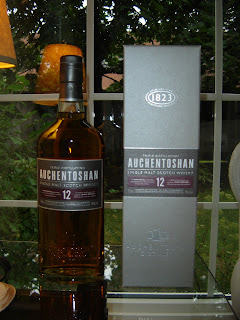"Formerly every event was made an occasion for drinking. If it was raining, it was 'we'll have a dram to keep out the wet'; if it was cold, 'we'll have a dram to keep out the cold'; and if it was a fine day, why then 'we'll 'drink to its health'".
- J.A. MacCulloch
A wonderful way to become more comfortable drinking whisky is to incorporate it into other activities surrounding your life. Much like having a coffee can become a relaxing experience by association; a dram of whisky can be a nice way to unwind after a long day, such as having a nightcap before bedtime. Although a bottle of whisky is a great way to commemorate a special occasion, the mundane routine of everyday life can also be spiced up with a nice drink now and then. In my opinion, one of the great advantages of spirits over wine is that you can keep an open bottle for a long time, having a drink once in awhile over a period of weeks or months (if not years). Although air in an open bottle will start to affect the spirit over time, it will still be good for quite a while. A couple of years ago, over the course of a brutally cold winter, I went through a bottle of Talisker 10 y-o simply by having a dram every night while reading a series of novels. This is a great way to become familiar with any particular malt, bottling, or expression; by drinking small amounts routinely over a short period of time (weeks to months). It took about 7 consecutive nights/drams before I started really appreciating the dark chocolate notes in the taste of Talisker that I hadn’t noticed previously by having isolated drams every once in awhile.
Bars and pubs can also be great places to try different whiskies on a more random basis and provide a much cheaper alternative to buying a bottle of something you may be unfamiliar with. There are some real diamonds in the rough when it comes to whisky bars. Establishments that specialize in whisky will have increased selection, but the drinks themselves will be more expensive as these places are fully aware of the value and rarity of their stock. If you can find a nice pub that doesn’t specialize in whisky, but happens to have 5 or 6 nice bottles, you can often get a really good deal. These bottles are often due to the past or present employment of a bartender who is a whisky fan, and was able to convince management to purchase some good whisky. My friends and I were able to find a small pub on the West Island of Montreal that sold drams of Oban 14 y-o for $4CDN, as opposed to the $12 that was being charged at some of the Irish pubs downtown. In general, good whisky is quite expensive in bars and something you probably won't be ordering signficant quantities of.
In making the decision on whether or not to have a dram when out on the town, I find it useful to think of it more in terms of coffee than say, beer. In other words, the sorts of conditions that one would make one think of having coffee (other than to wake up) are often good for whisky drinking, too; some examples being: After dinner with dessert, on a cold afternoon with a good book in front of a fire, out with friends for a couple of drinks and conversation, etc. These are all great whisky appreciation moments. Whisky tends to warm you up, so a hot summer afternoon after playing volleyball on the beach is probably not the best time for peat-fueled firewater in the belly! I’m talking about drinking straight whisky here, but there are lots of mixed drinks using whisky served cold that would fit the bill. Alternatively, if you prefer your whisky “on the rocks” (with ice), that will also temper its heat a little bit.
A couple of weeks ago, I attended a Biosciences trade show in
After being served my whisky (in a glencairn glass, no less – good on the Rogue), I mentally reviewed the contacts and conversations made over the course of the day. It was a sunny and warm late summer afternoon, so it was the perfect time to relax on the patio of the Rogue and watch both foot and vehicle traffic pass by on King street. How was the Lochside? Not great, but not bad and certainly better than if I had been drinking it in my living room and really critically analyzing it. No tasting notes for this one. Sometimes it’s nice to just relax with a dram and enjoy the context as much as the drink itself.









